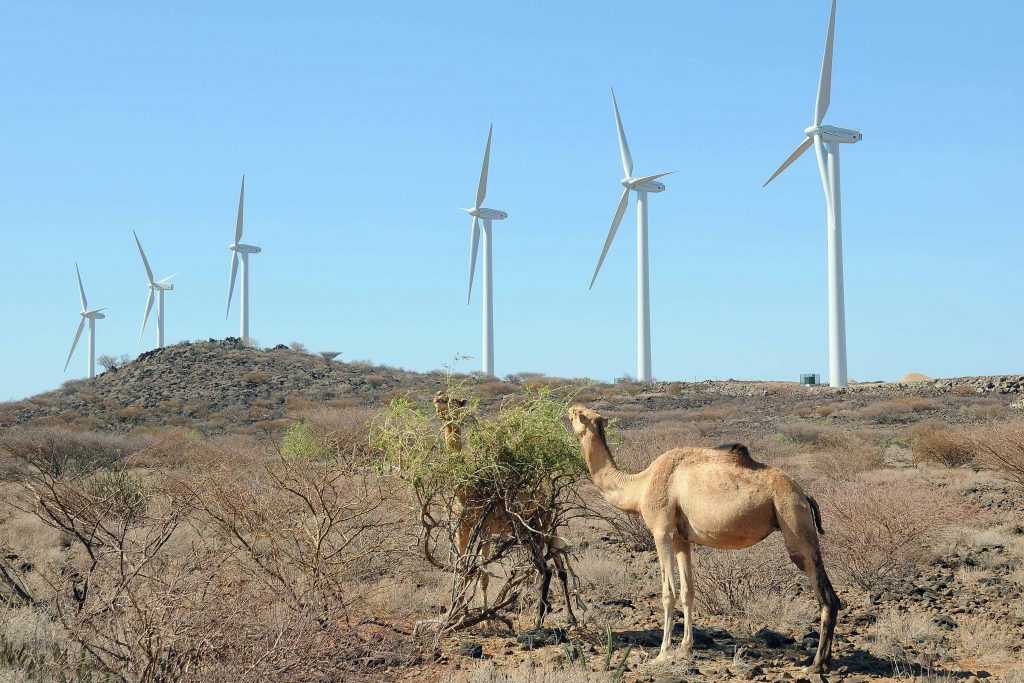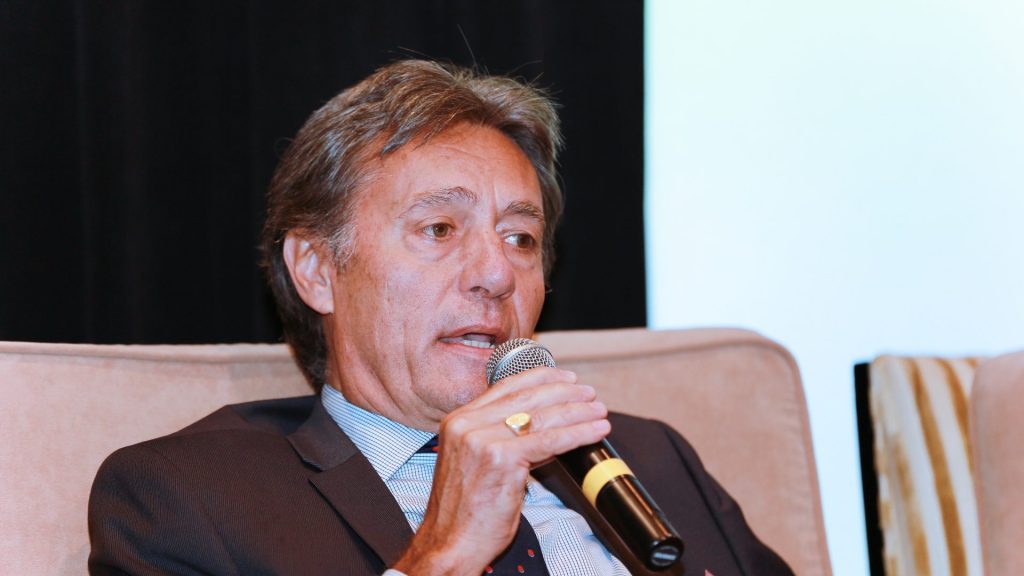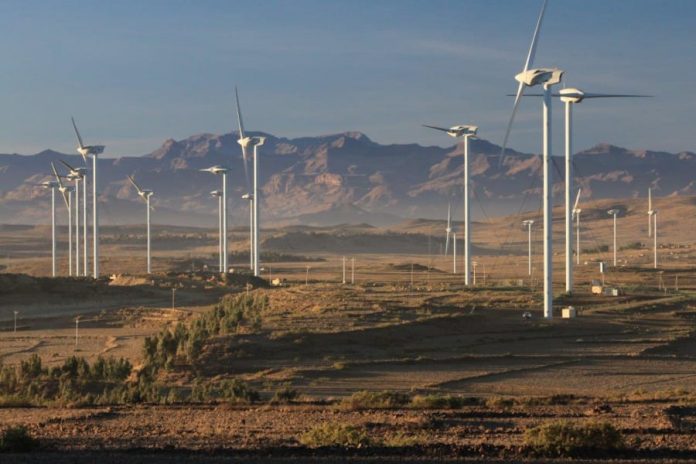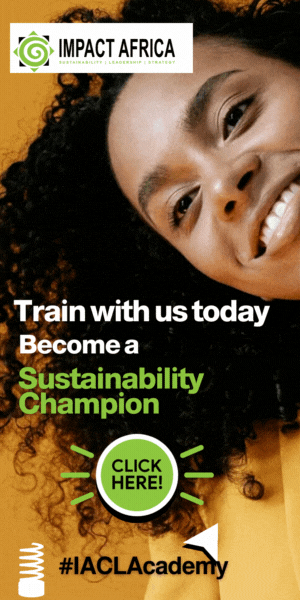The backstory of the 310-megawatt Lake Turkana Wind power plant in northern Kenya spans 21 years from the date the idea was first floated to when it started operating.
It’s a rich account of risk-taking, friendship and foresight.
For Africa’s largest wind farm, the idea came thousands of miles away from an office setting in the most unlikely place – the shores of the largest desert lake, Lake Turkana. Here, a free spirit Dutchman, Willem Dolleman, used to savour his sundowners. Sipping cold beer by the dry southern tip of the lake against a soundscape of howling evening gales, a fishing rod in hand was exactly the definition of dreamland for the bohemian explorer. It was a getaway indulgence that the career agronomist got a kick out of.
Make no mistake. It wasn’t him that swept up the dream of Turkana wind farm to fruition. His good old friend, Carlo Van Wageningen, a 63-year old master dealmaker, also from the Netherlands did.
It was from his agronomist friend that Wageningen, a diploma holder, got to learn about the magical landscapes, craters and winds of Turkana. The tranquil backwater has long been believed to be the cradle of mankind.
Out of curiosity, Wageningen decided to join his friend the next time he flew over to the wilderness from the capital Nairobi.
Upon arrival that evening in 1997, the pair good old friends sat in quietude by the shores of the lapping waters enjoying sundowner cold beer.
It was in that peaceful, serene moment of bliss that his friend broached the subject that back then didn’t make much sense.
“Why don’t you set up a wind farm here? It’s perfect here, the winds are strong and steady and the area is remote and uninhabited,” Wageningen recalls his friend saying.
The friend knew the kinds of business interests that stirred Wageningen, a specialist in project development and management, and whose meticulous planning was military-style.
He shot down the idea
“I remember giving all the reasons why the idea was a bad one and wouldn’t work,” Wageningen says.
To begin with, he explained that the remote scrublands were so cut-off, rugged and inaccessible. It would be impossible to convince investors and financiers of a future harvest for them to plant their money in the hardscrabble desert land.
Next, oil prices were rock-bottom back then in 1997, averaging just $19 a barrel. That meant diesel-generated electricity was cheap and, the Dutchman reasoned, there was no way wind power would compete with thermal plants in pricing without State subsidies.

It was only in Europe, not Africa or anywhere else that wind farms were mushrooming propped up by State subsidies meant to promote green energy and attract investors into renewables.
With these preconceived headwinds against the idea of a wind farm, Wageningen brushed off the idea. As a coming-of-age strategic investor, he had been in this game long enough. And he knew good investment projects if he saw one. A wind farm marooned in the wilderness, in the middle of nowhere, was definitely not one of them.
He had burnt his fingers before as an independent investor, long after he parachuted out of employment in search of bigger dreams. In hindsight, he admits a good number of the dreams he was chasing were fly-by-night, not well thought through.
“Pies in the sky,” he chuckles.
No wonder several deals went belly-up, crushing his ego. Luckily, as painful and humiliating as it was, he managed to pick himself up each time he fell in a true fashion of human resilience. At some point, when he sunk to his nadir, all he was left with was his shares on the stock market that he sold off to keep him afloat.
But soon after, he got some pretty good breaks. This was after trying his hand at making hotel room key cards and plastic money (credit and debit cards), along with waste management. He later divested from these businesses having bagged a fortune from selling them off.
Fast-forward.

Today, Wageningen sits pretty as the founder and a board director of Lake Turkana Wind Power Ltd (LTWP) – the company behind the Turkana wind farm. The 310 MW plant, enough to power up to one million Kenyan households, started producing power just over a year ago in September 2018.
The wind farm runs on 365 wind turbines, spread out over 40,000 acres of land.
Its investors comprise global heavyweights including UK firm Alydwych – the largest shareholder with a 30.7 percent stake. KP&P Africa, comprising a team of Dutch individual investors including the founding fathers Wageningen and his friend Dolleman comes in second with a 25.25 percent stake.
Other investors in the wind farm include Danish turbines maker Vestas (12.5 percent), Danish Climate Fund (Investment Fund for Developing Countries), KLP Norfund Investments AS of Denmark and Finnish Fund for Industrial Cooperation Ltd.
Google had earlier expressed interest in buying out Vestas’ shareholding at an estimated cost of $40 million (Sh4 billion). The deal is yet to be closed.
The $700 million (Sh70 billion) wind farm, whose financing involved 11 global lenders, has cemented its place as the single largest private investment project in East Africa. As expected, the plant has bagged multiple global awards, attracting accolades as a game-changer in green energy.
Never mind its humble origins on the shores of Lake Turkana where two dreamers, now considered founding fathers, once sat, sipping on their beer.
So what exactly changed after Wageningen rubbished the idea in 1997? What stirred the change of heart and made him sell wind to investors?
He is actually considered as the man who sold wind to investors, having portrayed to them a picture of bounty harvest on the horizon if only they sowed their money in the desert land.
In 1997, after laughing off the wind farm idea, he moved on with his life, minding his own business.
Life happened and the wheels making up days and months and years rolled on.
Then in 2005, he had an epiphany.
The ghosts of the idea that he thought were long dead started haunting him. For starters, the price of crude oil was on a steady climb, one that would later hit an all-time high of $147 a barrel in 2008, coinciding with the global financial meltdown. From $19 a barrel in 1997, the oil price tide had surged to $100’s in barely 10 years. That, without a doubt, meant thermal power would cost a lot more, allowing other technologies to race from behind and play catch up.
And wind was proving to be in the inner lane. Not only was it green energy but the cost of the technology was dropping too. With government subsidies in Europe, more investors had taken to wind technology, enabling it to scale and driving down production costs.
Equally, the green energy global campaign made the sector attractive and gathered steam in light of global warming, largely blamed on fossil fuel-based energy generation. Consequently, interest among development finance institutions (DFIs) to fund such green projects shot up.
With these considerations, Wageningen was back in the game.
There was a challenge, though.
Wageningen, alongside his sundowner friend, was snubbed by a wind expert who they wanted to fly in from the Netherlands to conduct pre-feasibility studies on viability of the project.
Up to that point, every trick in their playbook had failed, despite having put all their persuasion tools to use.
“Harry was adamant, saying there was no way wind power would work in Africa, without State subsidies. He just wouldn’t budge,” said Wageningen.
Just as they thought that was it, Wageningen had his light bulb moment which would prove ingenious. Maybe it was lady luck smiling on them.
Then things somehow started lining up, as if Mother Nature was rooting for the wind farm.
“We convinced the expert to come on a safari treat in the famous Maasai Mara and Diani beaches he had so much heard about,” said Wageningen.
“The only condition was that he had to fly to Turkana with us after visiting these places.”
Looking forward to a treat of a lifetime, the man finally agreed, gladly.
They proceeded to make arrangements for their visiting friend, including getting him air tickets and accommodation.
The day that the three Dutchmen finally flew through the windy skies in northern Kenya would mark a turning point for Kenya’s wind power affairs.
As their flight cut through the Turkana Corridor, hissing with low-level jet stream, the wind expert asked the pilot of the Cessna caravan to turn directions and fly direct against the rushing winds. Never mind they were cruising at a height of 800 meters above the ground.
Silence enveloped the aircraft as it creaked and fought against the howling gales. Only the pilot and the wind expert seemed calm.
“I nearly threw up as the turbulence shook us,” said Wageningen.
The wind expert, looking cool and nonchalant in the face of the turbulence, silently took notes as he studied the anemometer recording wind speeds on the aircraft’s dashboard.
Later that evening, the trio shuffled over to their favourite spot on the shores of Lake Turkana for sundowners, the sinking sun casting over their silhouettes. And for the first time since that shaky afternoon in the aircraft the expert talked about the winds.
“I have never seen anything like this before. This is a wind developer’s dream come true. A paradise,” the expert finally said.
He proceeded to advise them not to construct anything below 300MW, despite their initial plan being a smaller plant of 50MW.
The justification for a mega project was that a wind farm in Turkana wilderness would only make economic sense if it was large enough to justify the construction of support infrastructure with equally large costs such as a transmission line and substation.
With that affirmation, the next task for Wageningen was to seek regulatory approvals for feasibility studies. He was also to secure State guarantees for a ready market with which to convince investors for funds.
That’s when he approached former Comptroller of State House Matere Keriri with the idea. Keriri was a good friend of his who served during former President Mwai Kibaki’s tenure.
The Comptroller, in turn, set up a meeting with the then Ministry of Energy PS Patrick Nyoike to whom the dreamer sought to sell his wind dream.
“There was hesitancy in the beginning given that in 2005, Kenya’s total power capacity was just 900 MW, and here we were, foreigners, asking approval to inject nearly half of that capacity from wind, an intermittent source,” said the founder.
Worse, Ngong wind farm (25 MW), which had been constructed earlier, had proved inefficient. The government was, therefore, naturally opposed to yet another wind project that would turn out to be a white elephant project.
But with the endorsement from State House Comptroller, the PS was somehow convinced and gave the project the green light.
Wageningen then proceeded to ask for two government letters for risk mitigation, which he was granted a week later.
The first was a letter of exclusivity covering three years to conduct feasibility studies in the identified area in Marsabit, northeast Kenya.
The other was a letter of intent from government-owned Kenya Power committing that it would buy electricity from the wind farm for onward retail to customers upon construction, guaranteeing the project a ready market.
With these formal documents and a strong business case, the wind man now felt emboldened to approach investors and financiers.
Then in 2014, the developers reached a financial close, after lots of paperwork and negotiations. That set in motion construction process with the wind farm starting to produce clean power in 2018.
The project has, however, not been without challenges. The World Bank at some point during negotiations pulled out of its financing commitment, citing inadequate demand in Kenya for such a large project, along with a weak national grid system. Power generation also delayed following delays in construction of a 435km transmission line that was only completed in September 2018 yet the wind plant was ready a year earlier.
“The journey has been arduous. From nothing here to all these around us now, it’s a miracle. It gives me pleasure to see the wind blades rolling and people having jobs, water flowing, children going to schools and roads being passable because of the dream that started with the fishing expedition,” said an emotional Wageningen.
He recalls the first days when he had to sleep in the open fields, with nothing more than a mosquito net, the blue skies above twinkling with stars.
“It was romantic,” he laughs.
Ever a visionary, his dream now is to democratise ownership of power plants among Kenyans through wind projects.
He plans to mobilise Kenyans into pooling funds together, invest and own wind turbines, from which they could be earning from power sales.




